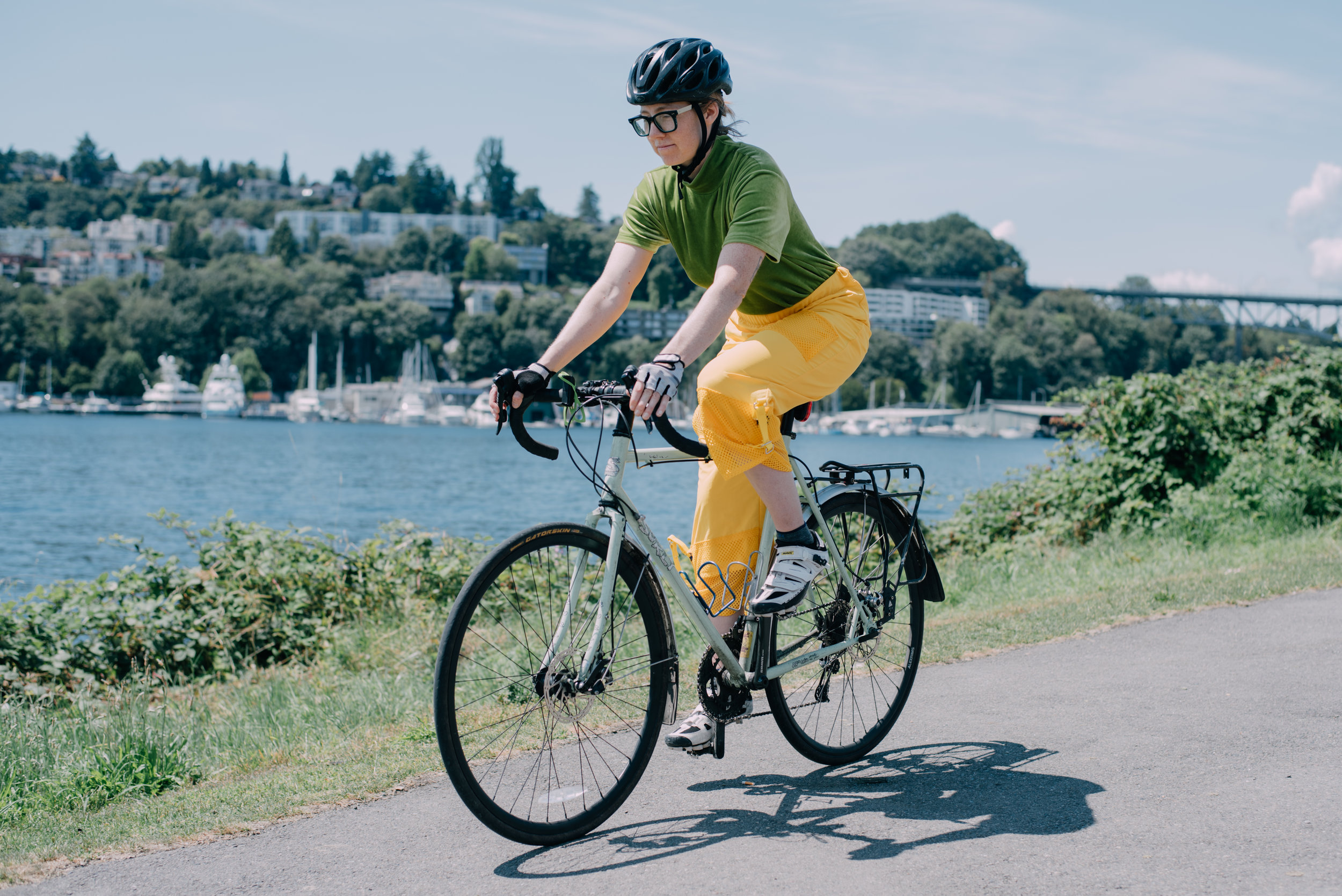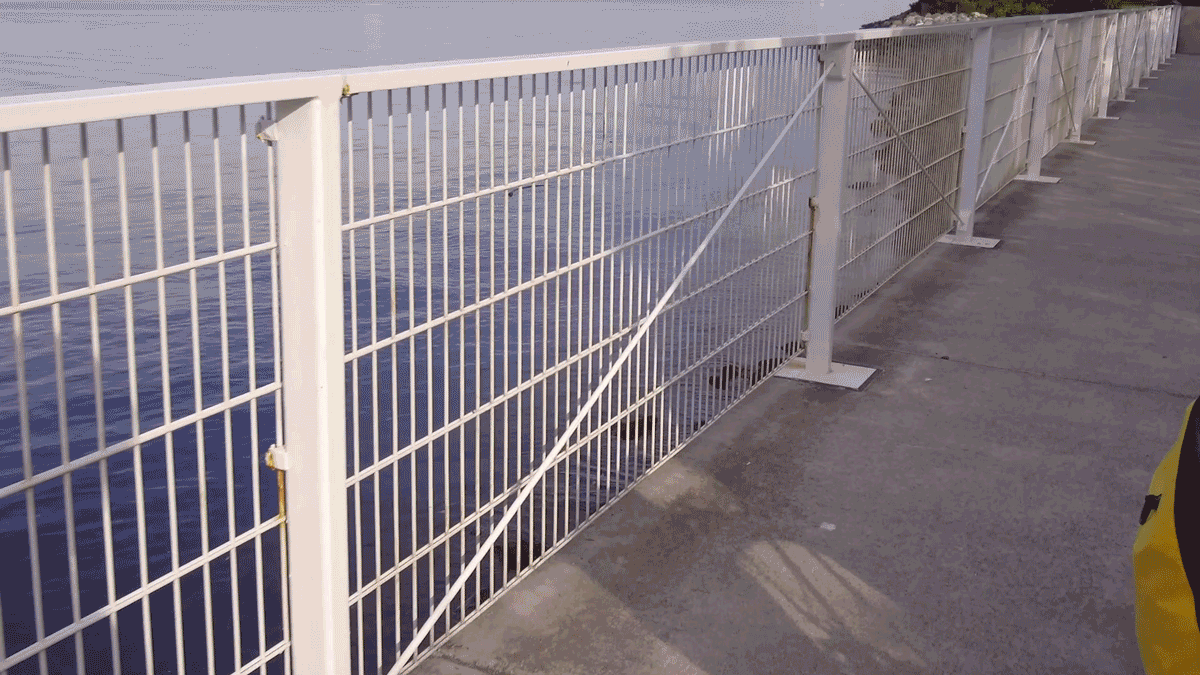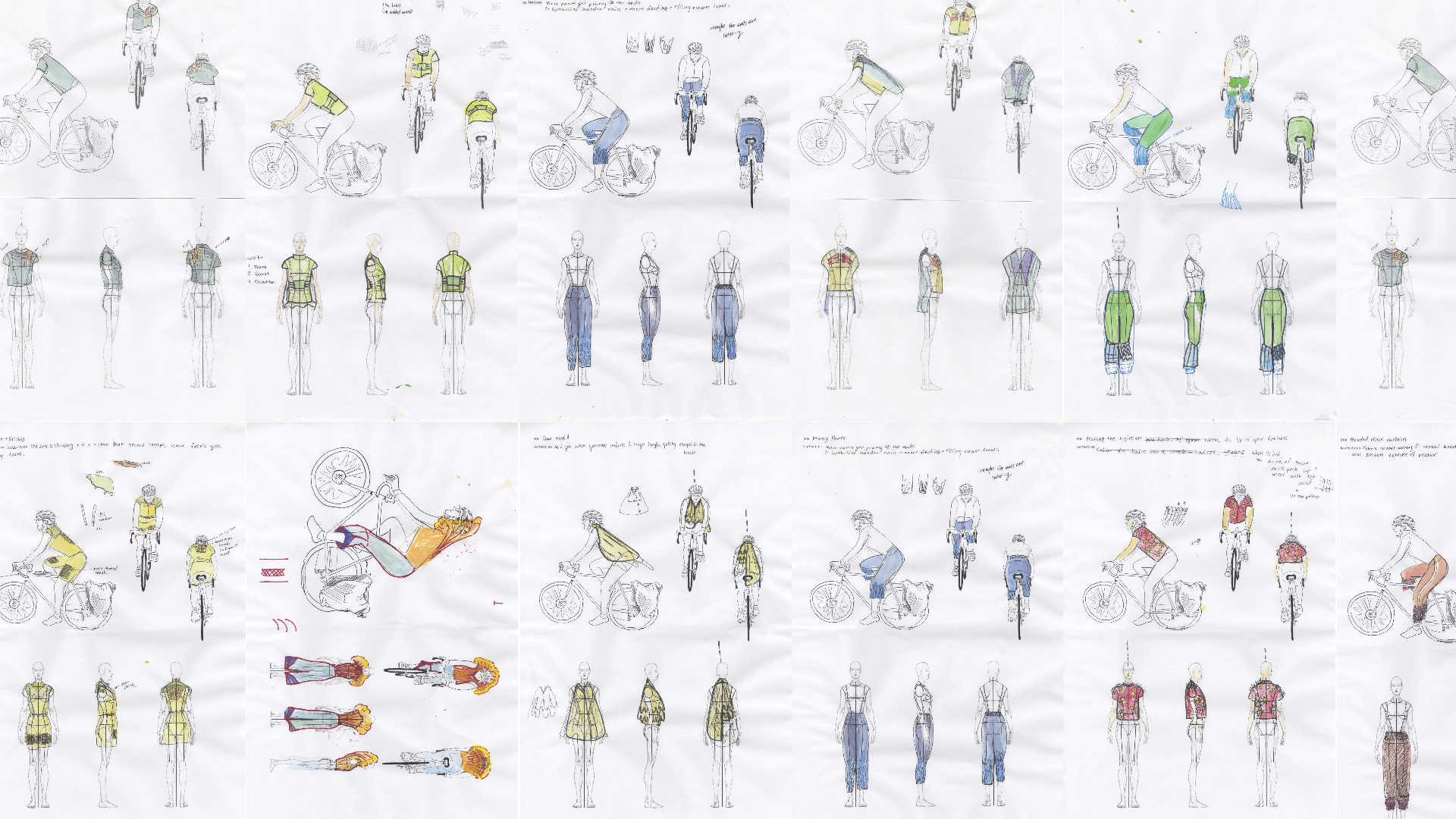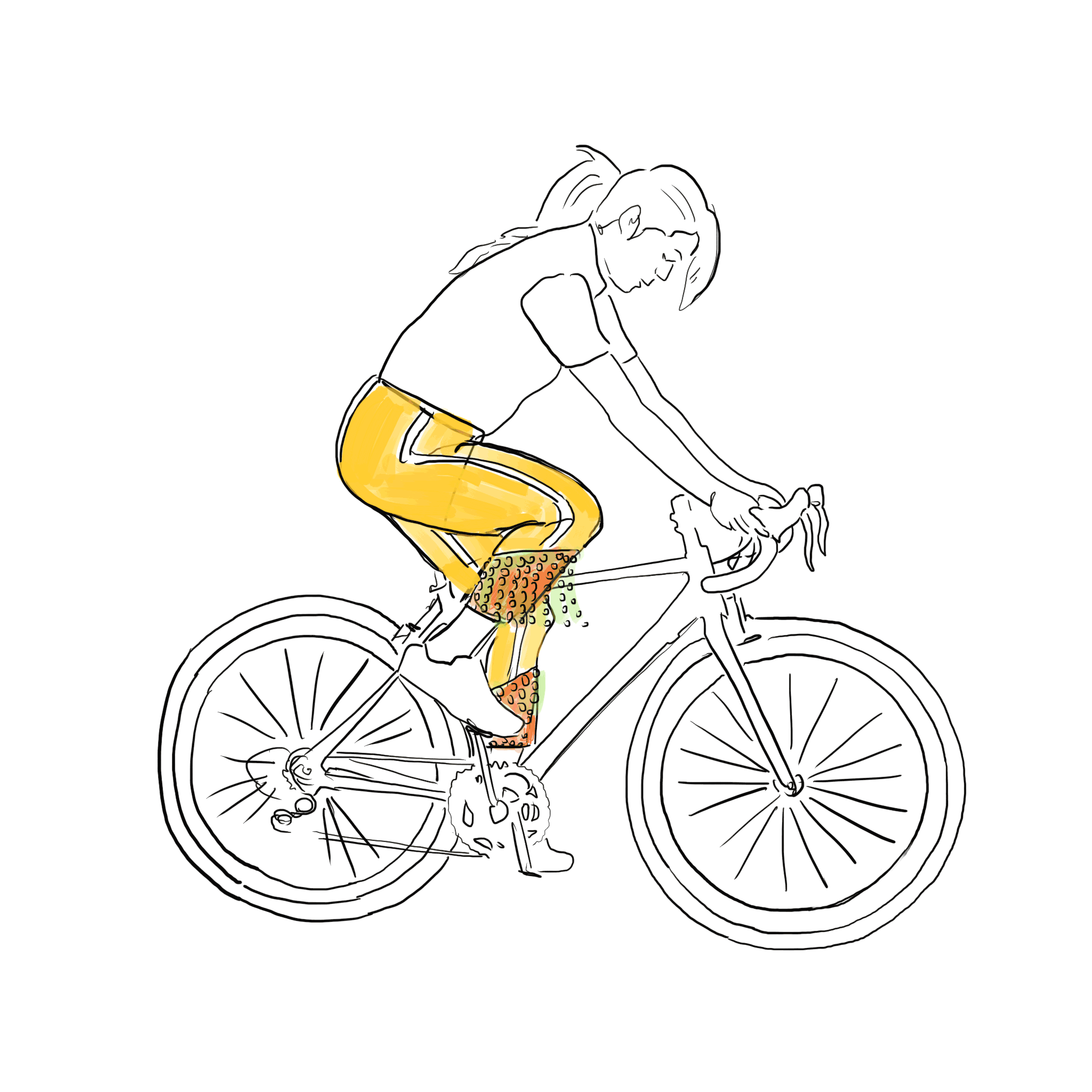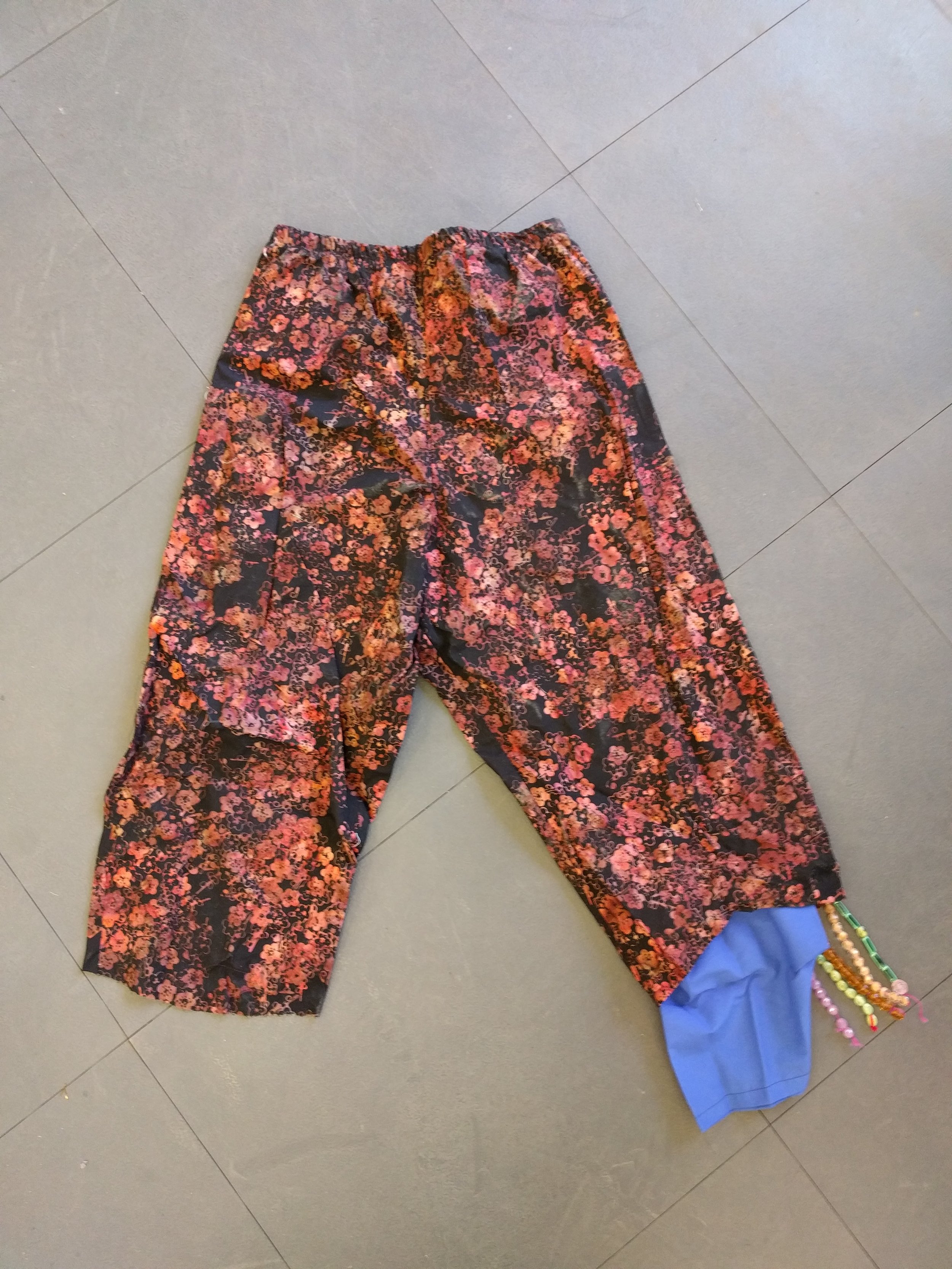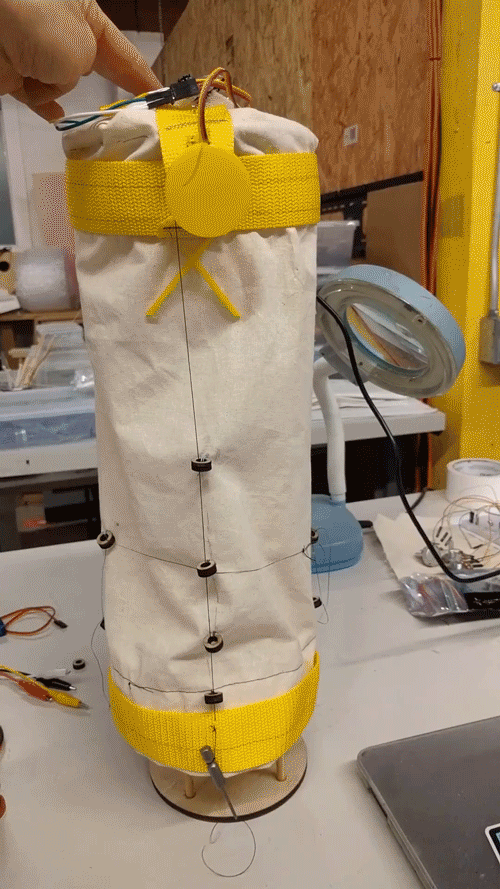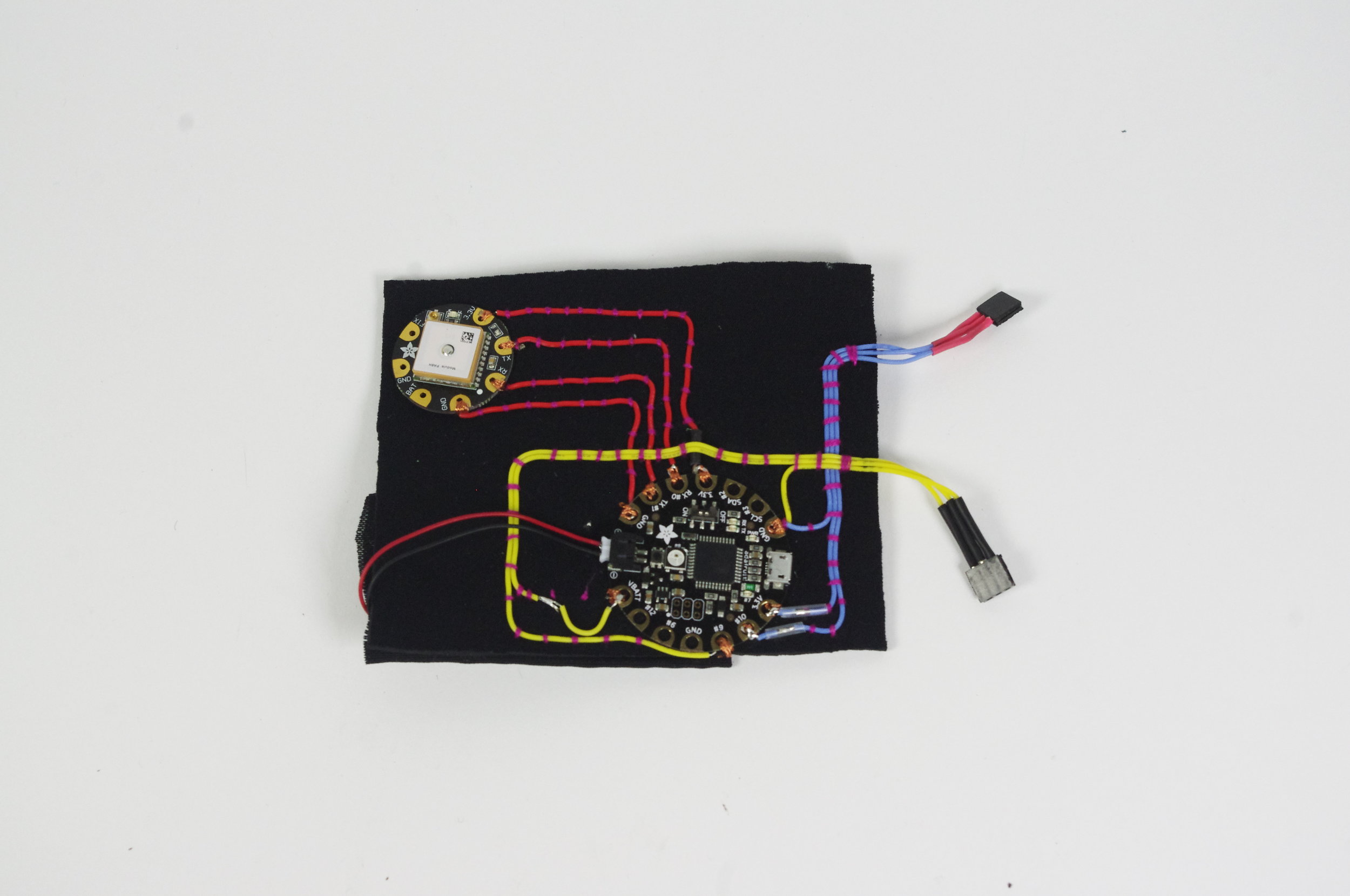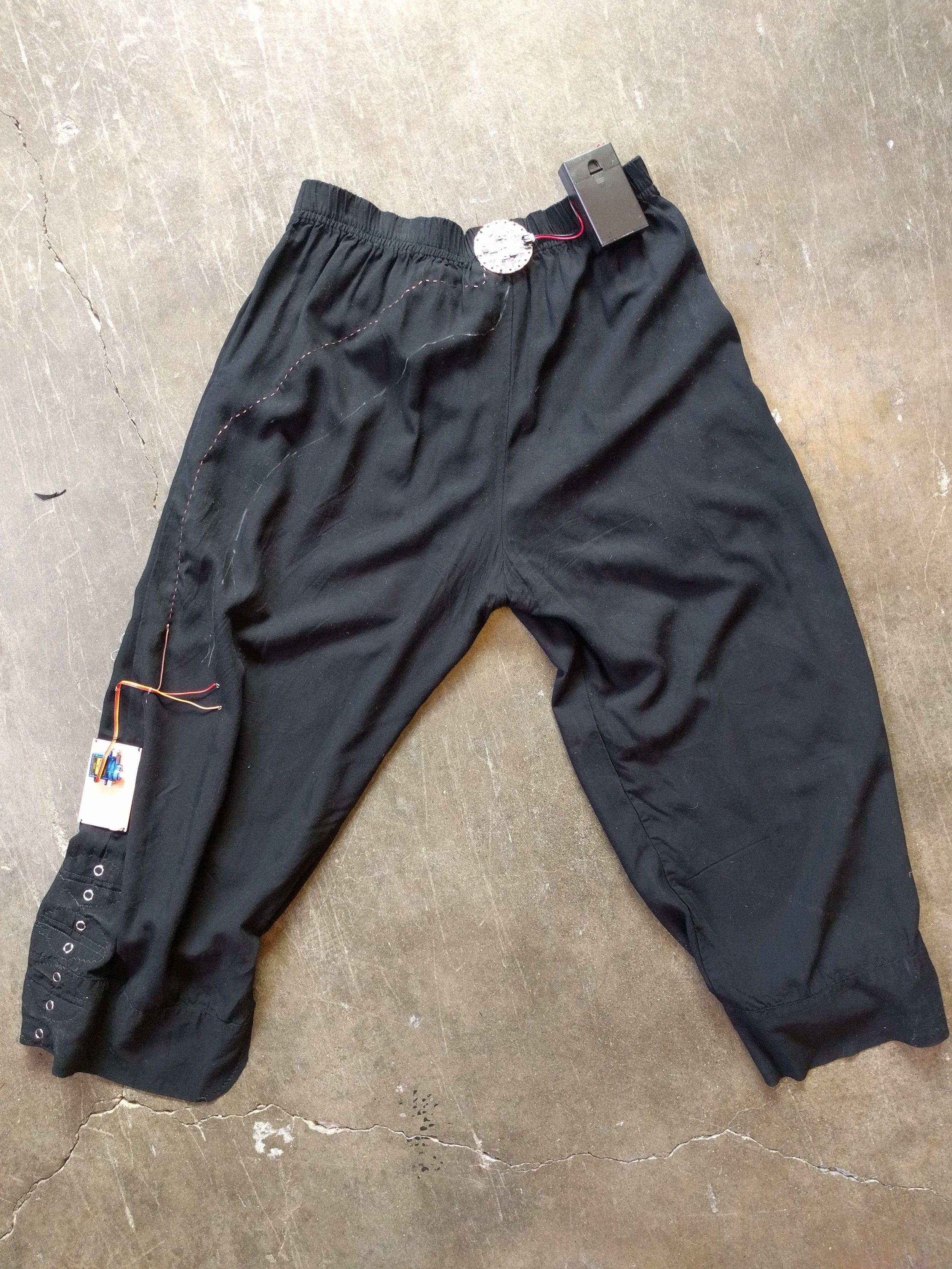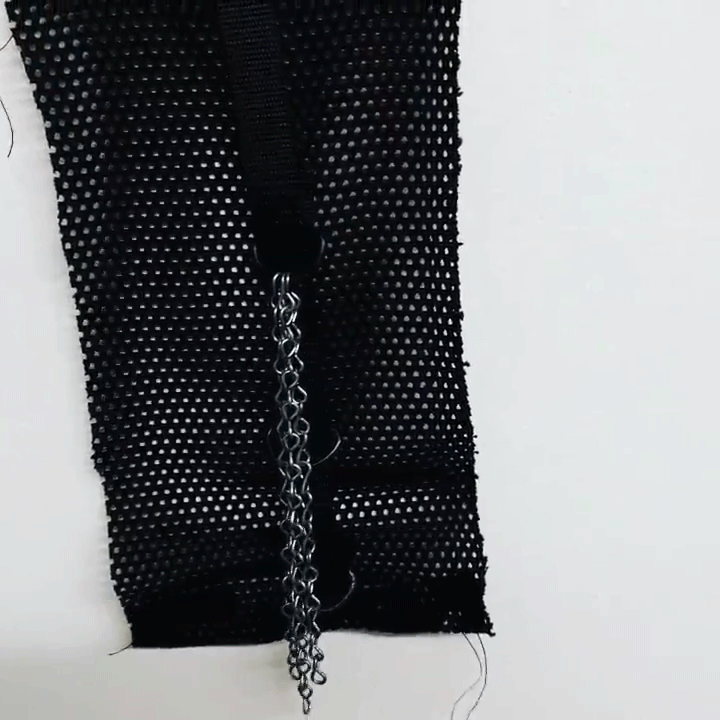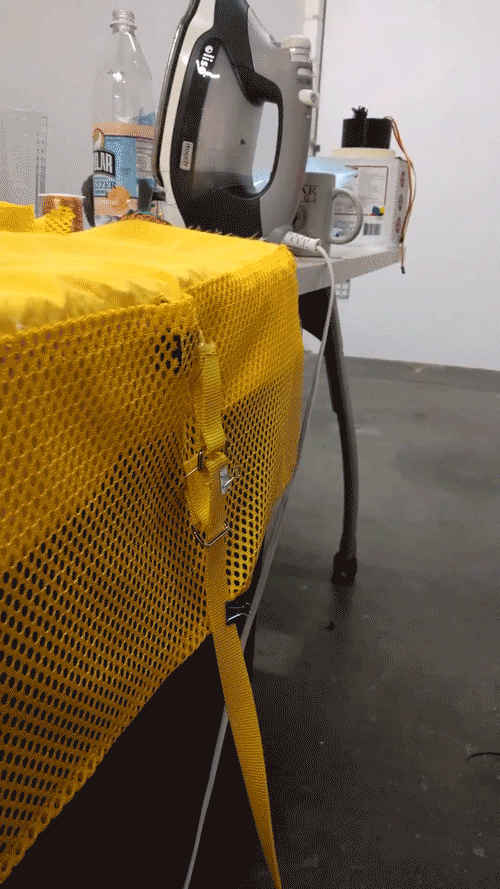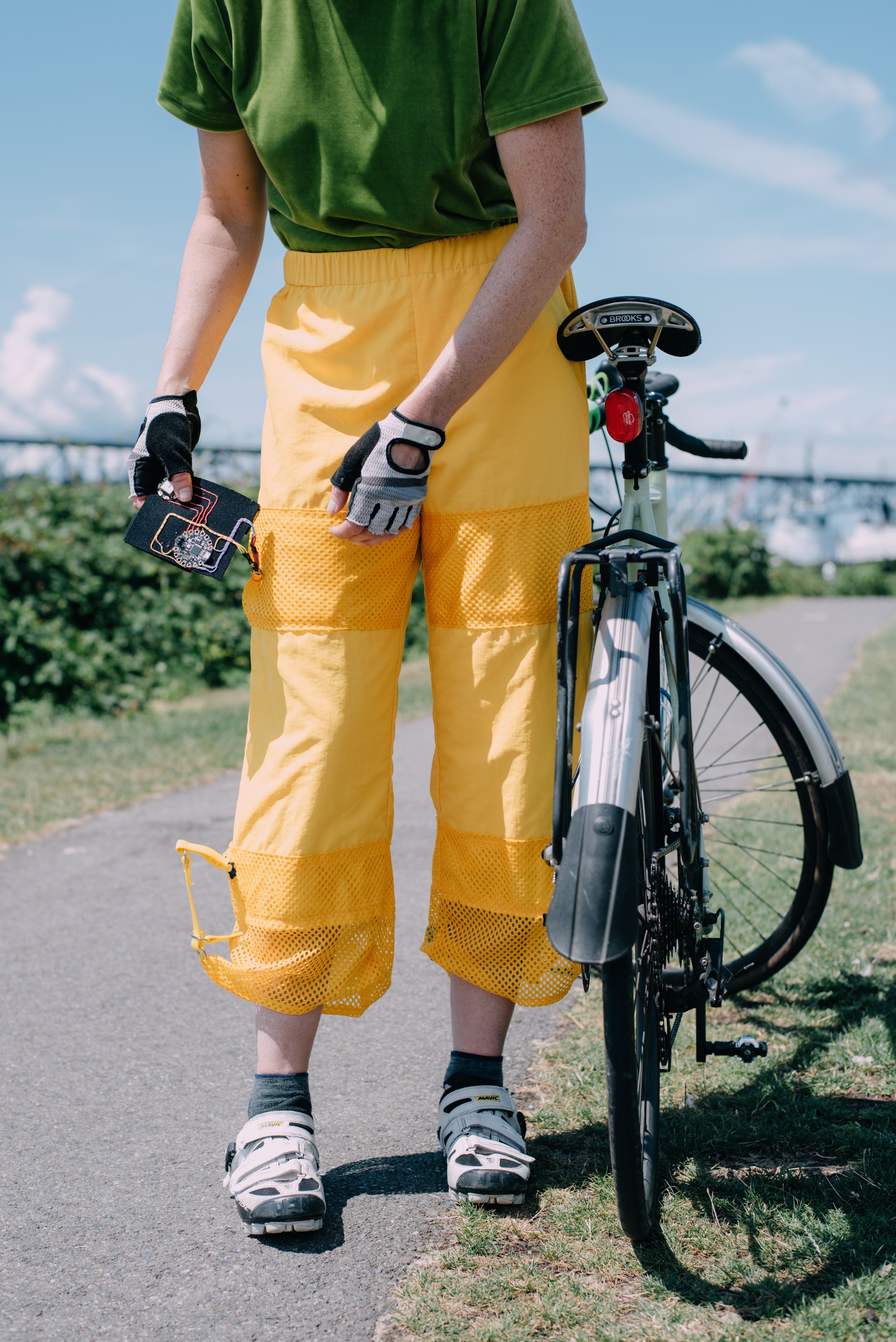High WAter Pants: Intersections of Cycling and Climate Change
Building empathy for our future with climate change
Master of Design Thesis; 2018-2019
High Water Pants in action! Raising up near Seattle’s waterfront to signify that in 30-80 years this area will be impacted by sea level rise.
Publications:
“High Water Pants: Designing Embodied Environmental Speculations”
In ACM CHI Conference on Human Factors in Computing System 2020
https://dl.acm.org/doi/pdf/10.1145/3313831.3376429
“Crafting an Embodied Speculation: An Account of Prototyping Methods”
In Proceedings of the 2020 ACM Designing Interactive Systems Conference (pp. 547-560). https://dl.acm.org/doi/pdf/10.1145/3357236.3395591
Exhibitions:
High Water Pants: Tangible Intersections of Everyday Cyclists and Climate Change. Textile Intersections Conference Exhibition, 2019, London, UK
High Water Pants: Intersections of Everyday Cycling and Climate Change. Arcade Magazine Issue 37.2, 2019
Feeling Climate Change: Intersections of Climate Change and Everyday Cycling. MFA & MDes Thesis Show, Henry Art Gallery, 2019 Seattle, WA
Project Description:
The culminations of my Master of Design thesis, the High Water Pants were designed to speculatively explore the intersections of everyday cyclists and climate change. Because climate change is difficult to perceive at the scale of everyday life, the pants were designed as a cycling-specific garment which ‘bends time’, layering future sea-level rise predictions over the ride-in-progress through subtle, tactile cues. The pants work by actuating and dynamically shortening within areas predicted by NOAA to be impacted by sea-level rise in the future which were translated into geofences. The pants leverage cyclists’ embodied knowledge of Seattle’s geography and climate into ways to notice and speculate about their futures with higher sea levels.
The experience of using the High Water Pants offers cyclists an impression of the future overlaying the present by making sea-level rise data into a subtle tactile experience that unfolds geographically as one rides their bike around the city. The pants offer ways for cyclists to reflect on their entanglements within a changing climate (as people who are exposed to the elements on a daily basis) and imagine scenarios for cyclists set in a climate-changed (yet still geographically familiar) future.
Research Methods
First-person explorations
Secondary research
Expert interview with Guillaume Mauger of UW Climate Impacts Group
Semi-structured interviews with everyday cyclists
Speculative cultural probe deployment
Pants development, coding, construction
Pants deployment
Further Reading and Process Documentation
I documented this process extensively through a series of medium articles which discuss research methods, design process and making process.
Documentation:
Map from Seattle public utilities showing predicted sea level rise in Seattle
Map with proposed geofence overlay (blue) and geofences I have currently built (red)
Crafting the High Water Pants
Through much trial, error, experimentation and prototyping, I developed a way to make pants move up a riders leg while they were pedaling via live GPS actuation within geofenced areas. Below are process photos showing the development of the pants.
Exhibiting the Pants:
I designed this exhibition for the UW MDES and MFA show in June, I am also in the process of sending a similar exhibit to London to be featured in the Textile Intersections Conference Exhibition in mid-September.
Exhibition as it appeared at the MDES/MFA thesis exhibition at the Henry Art Gallery in May and June 2019
